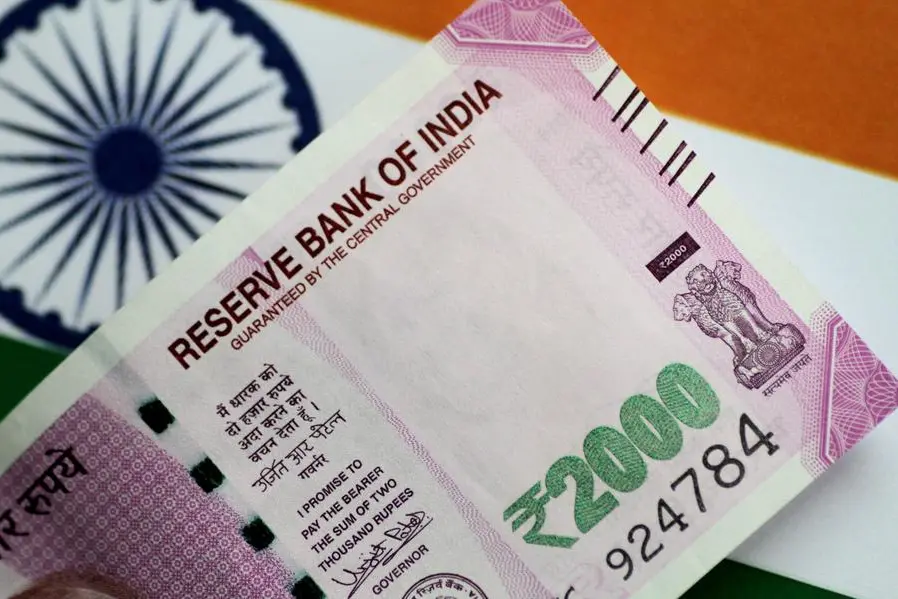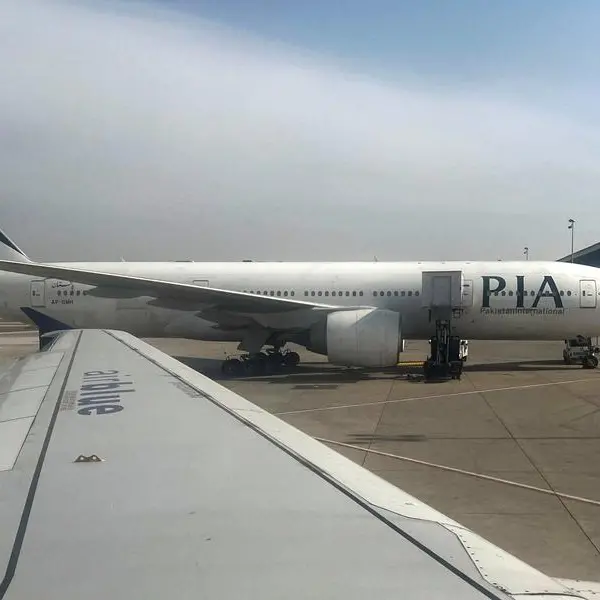PHOTO
The Indian rupee declined against the U.S. dollar on Monday, weighed by dollar demand from oil companies and other importers, alongside stop losses, while far forward premiums dropped.
The rupee last traded at 81.79 per U.S. dollar, down from 81.3175 from the previous session. It was the rupee's worst performance since October.
The rupee opened on a positive note but did not last beyond the first half an hour of trade.
Unable to capitalise on a further rally in Asian peers, the local unit remained under pressure thereafter, reaching an intraday low of 81.8225.
The extent of the rupee's performance took several interbank participants by surprise. It is expected that the rupee will not match the rally in Asian peers, but "today it was a complete outlier", a spot trader at a foreign bank, who did not wish to be identified, said.
Monday's performance will raise fears that the rupee could be headed for more sizeable losses during the week, the trader added.
Compared to the rupee's decline, the onshore Chinese yuan jumped 1.4% to the dollar on easing COVID-19 restrictions. Most other Asian currencies followed the yuan higher. The dollar index was hovering at 104.50.
Meanwhile, rupee far forward premiums fell and near premiums rose. The 1-year USD/INR implied yield declined almost ten basis points to 1.80%, hovering near its lowest level since 2011.
Interbank buy/sell swaps ahead of the Reserve Bank of India's policy decision on Wednesday alongside an uptick in U.S. rates pulled far forwards lower, according to traders.
Near forwards, in contrast to far premiums, dropped. (Reporting by Nimesh Vora; Editing by Janane Venkatraman)





















